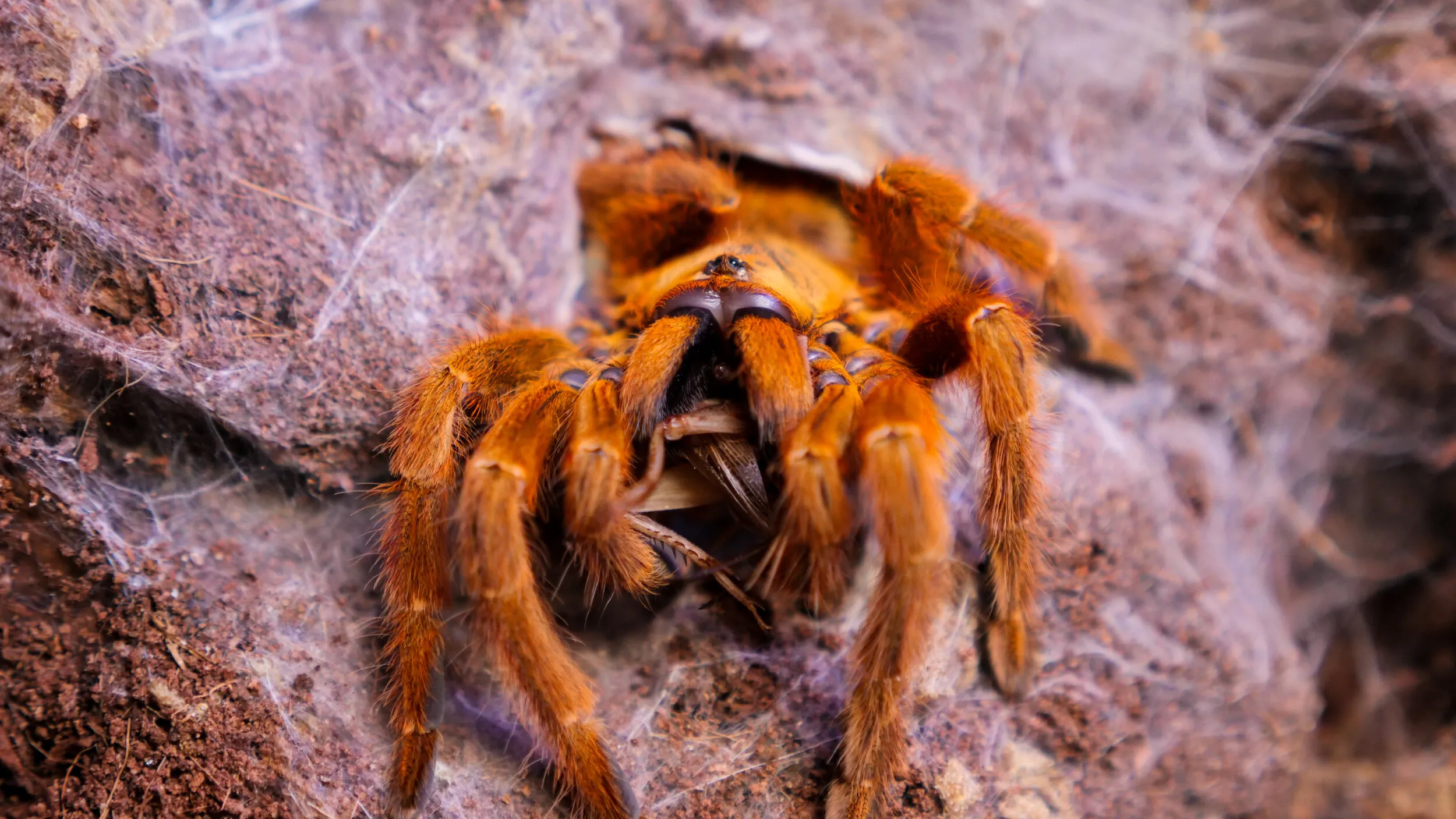Choosing Your Tarantula Care Kit
Embarking on the journey of tarantula ownership is an exciting experience. A crucial first step is acquiring a comprehensive tarantula care kit. This kit isn’t just a collection of items; it’s the foundation for providing a healthy and thriving environment for your new pet. Selecting the right care kit ensures that you have all the necessary tools and supplies to meet your tarantula’s specific needs, from housing and substrate to temperature control and feeding. A well-chosen kit simplifies the initial setup and ongoing maintenance, making your tarantula-keeping experience both rewarding and manageable. Before you even bring your tarantula home, preparing with the right care kit sets the stage for a successful and enjoyable partnership with your fascinating eight-legged friend. The right care kit is your partner in tarantula keeping.
What to Consider Before Buying
Before purchasing a tarantula care kit, several factors warrant careful consideration. Firstly, research the specific tarantula species you plan to keep. Different species have varying needs, from their preferred substrate and humidity levels to the size of their enclosure. Secondly, assess your living space and the amount of time you can dedicate to tarantula care. Consider the space available for the terrarium, the accessibility for daily maintenance, and your ability to monitor temperature and humidity. Thirdly, establish a budget. Care kits vary in price, and it’s essential to balance your budget with the essential needs of your tarantula. Finally, think about your experience level. If you’re a beginner, choose a kit with straightforward components and clear instructions. By thoughtfully considering these aspects, you’ll be well-equipped to select a tarantula care kit that perfectly aligns with your specific circumstances and ensures the well-being of your arachnid companion.
Tarantula Species and Their Needs
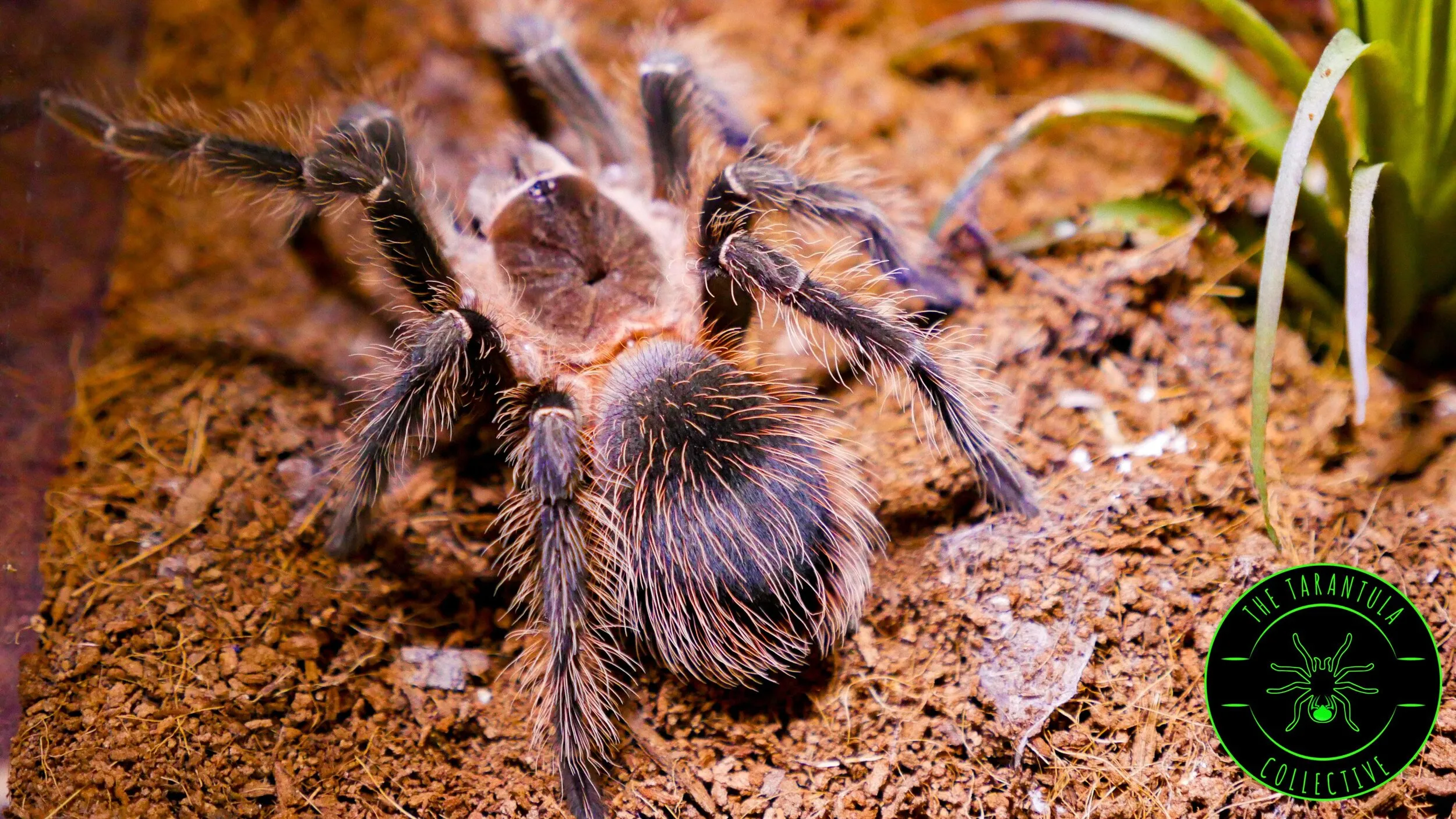
Understanding the specific needs of your tarantula species is paramount for providing proper care. Terrestrial tarantulas, like the Mexican Red Knee, typically require a terrarium with ample floor space and a substrate suitable for burrowing. Arboreal species, such as the Greenbottle Blue, need a taller enclosure with climbing opportunities. Humidity levels also vary; some species thrive in humid environments, while others prefer drier conditions. Temperature control is crucial, with most tarantulas needing a consistent temperature range. Feeding habits also differ, with some species being voracious eaters and others having more specific dietary preferences. Thorough research on your chosen species’ natural habitat and behaviors is crucial. This research will inform your selection of the appropriate tarantula care kit and its contents, guaranteeing a healthy and comfortable living environment that caters to your tarantula’s unique requirements. Accurate understanding is key to successful tarantula keeping.
Essential Items in a Tarantula Care Kit
A comprehensive tarantula care kit contains several essential items, each contributing to the tarantula’s well-being. The terrarium, the tarantula’s home, must be appropriately sized for the species and provide adequate ventilation. The substrate, which lines the terrarium floor, should be selected based on the species’ needs; options include coconut fiber, peat moss, and vermiculite. A water dish is necessary for providing fresh water. A heat source, like a heat mat or ceramic heat emitter, ensures the ideal temperature. Additional items include a hide or shelter for the tarantula to feel secure, a feeding dish, and tweezers or tongs for safe feeding. A reliable thermometer and hygrometer are crucial for monitoring temperature and humidity levels. A spray bottle is useful for maintaining humidity. These essential items comprise a fundamental tarantula care kit, providing a safe and comfortable environment for your tarantula.
The Terrarium — Your Tarantula’s Home
The terrarium is the most important element of the tarantula care kit, serving as your tarantula’s primary living space. Choosing the right terrarium is vital for your tarantula’s health and happiness. The size of the terrarium should be proportional to the tarantula’s size, with enough space for movement, burrowing (for terrestrial species), and the installation of essential accessories like hides and water dishes. The terrarium should be well-ventilated to prevent excessive humidity and the build-up of harmful gases. The enclosure’s material should be non-toxic and durable. A secure lid is essential to prevent escape. Transparency is also essential for easy observation of your tarantula. A well-chosen terrarium not only provides a safe haven but also allows you to enjoy your tarantula and to appreciate its fascinating behaviors. The right terrarium is critical.
Substrate Selection
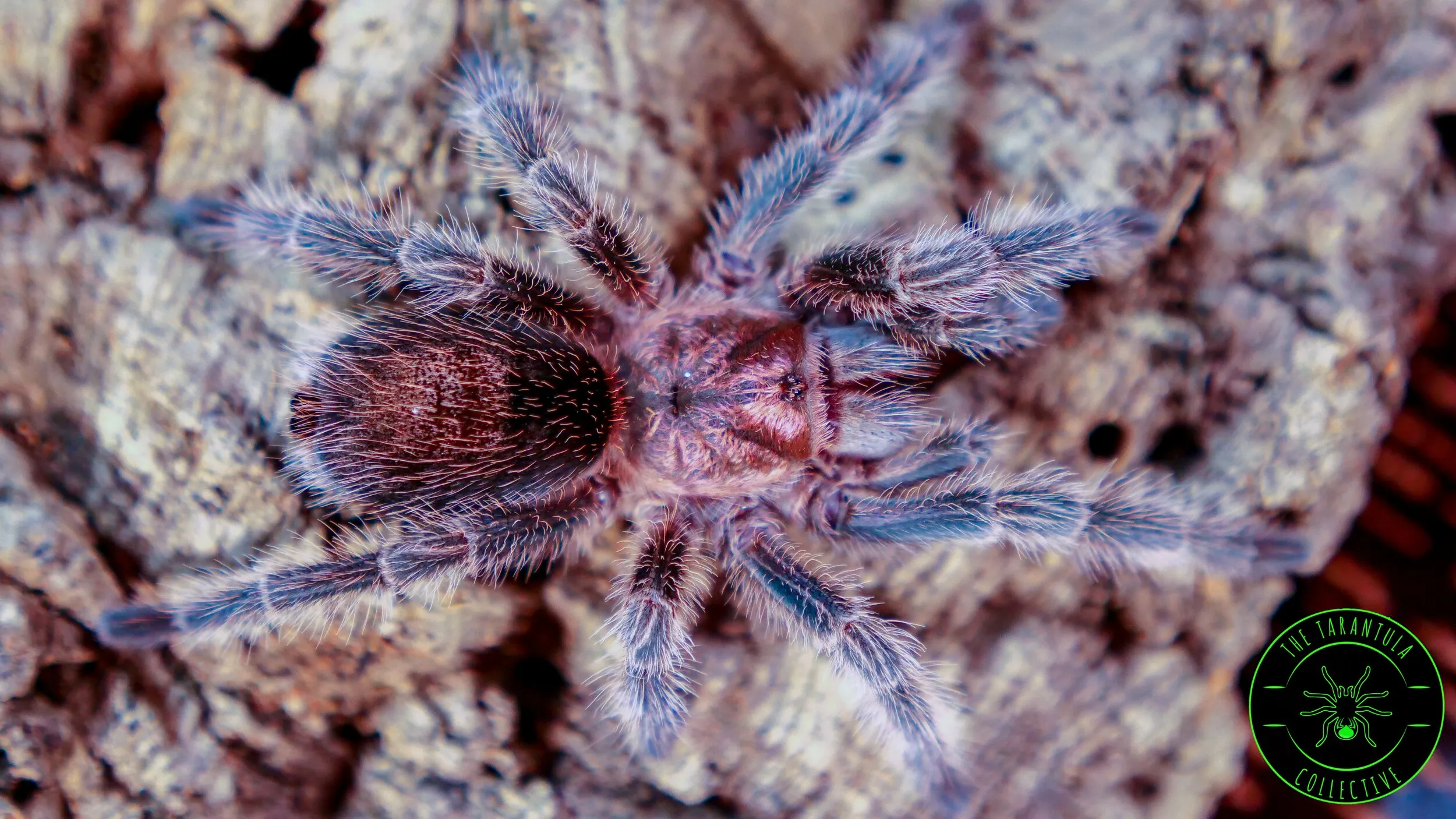
The substrate is the foundation of your tarantula’s habitat, providing a surface for walking, burrowing, and maintaining humidity. Several substrate options are available, each with its own advantages. Coconut fiber is a popular choice, as it retains moisture well, is naturally resistant to mold, and is safe for tarantulas. Peat moss is another option, offering good moisture retention and a natural look. Vermiculite can be mixed with other substrates to enhance moisture retention. The substrate should be deep enough to allow for burrowing for terrestrial species and must be free of any harmful chemicals or additives. Regular monitoring and replacement of the substrate are necessary to maintain a clean and healthy environment. Selecting the right substrate is essential for the well-being of your tarantula, directly influencing its ability to thrive in its environment. Correct substrate is good for your tarantula.
Water and Humidity
Providing proper hydration and maintaining adequate humidity levels are crucial aspects of tarantula care. A shallow water dish should always be available, filled with fresh, clean water. The water dish should be sized appropriately to prevent drowning. The humidity level required varies depending on the tarantula species; some species thrive in humid environments, while others prefer drier conditions. To maintain humidity, regularly mist the terrarium with a spray bottle, monitor the humidity levels with a hygrometer, and select a substrate that retains moisture well. Avoid over-misting, as excessive humidity can lead to mold growth and other problems. Consistent monitoring and adjustment are critical to ensure that your tarantula remains well-hydrated and lives in a comfortable environment. Water and correct humidity are essential.
Temperature Control
Tarantulas are ectothermic, meaning they rely on external sources to regulate their body temperature. Therefore, maintaining the correct temperature range is essential for their health and well-being. The ideal temperature varies slightly depending on the species, but most tarantulas thrive in temperatures between 75°F and 85°F (24°C and 29°C). A heat mat placed on the side or under the terrarium (with caution to prevent overheating) or a ceramic heat emitter can be used to provide warmth. Always monitor the temperature with a reliable thermometer, placing it in a location where it is easily visible. Avoid placing the heat source directly under the substrate, as this can cause the enclosure to overheat and become unsafe. Ensuring a stable and appropriate temperature range is crucial for your tarantula’s metabolism, appetite, and overall health. Temperature is important.
Feeding Your Tarantula
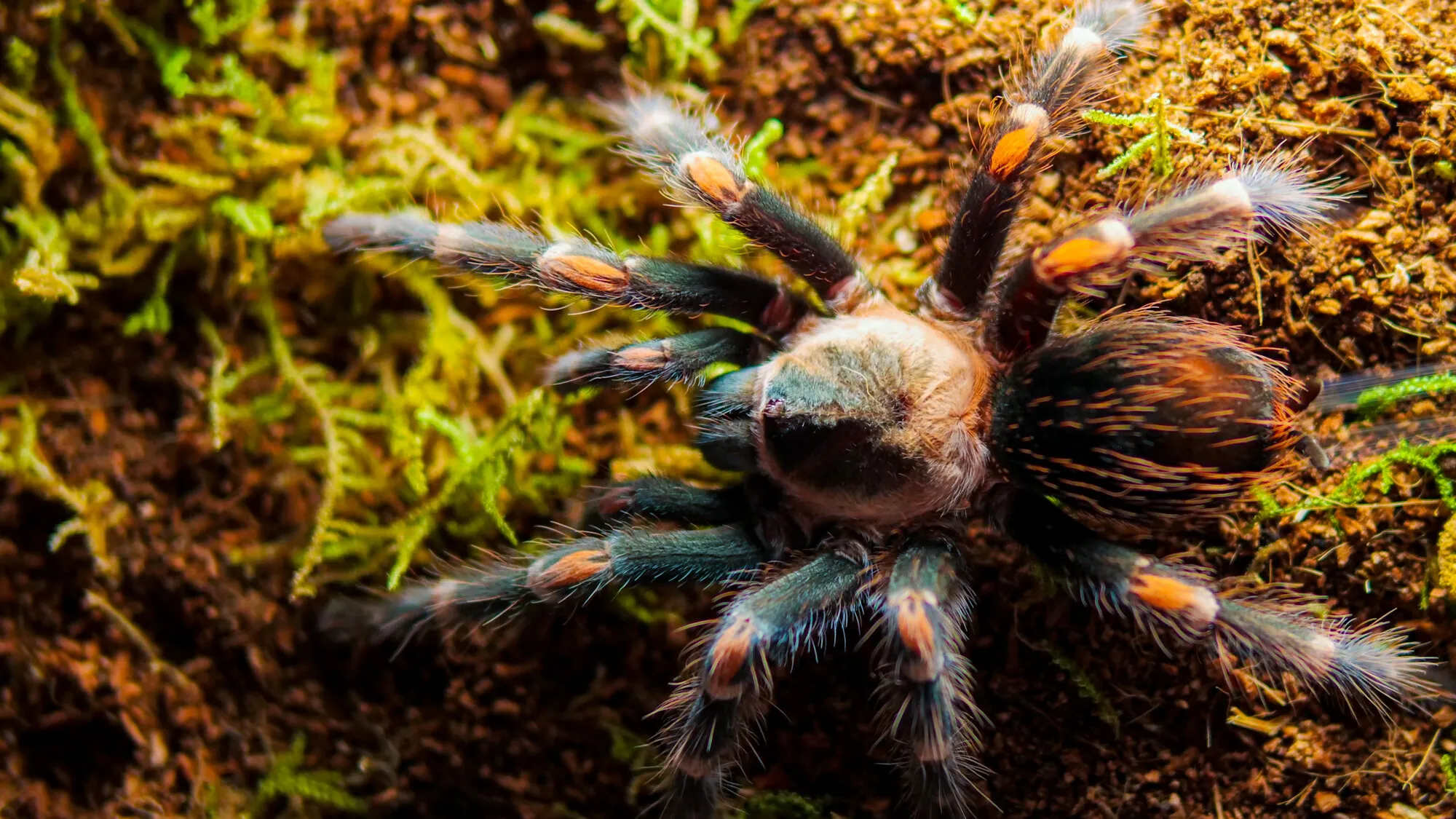
Feeding your tarantula is a fascinating aspect of its care. Most tarantulas are insectivores, feeding primarily on live insects. The size of the prey should be appropriate for the tarantula’s size; a general rule is that the prey should be no larger than the tarantula’s body length. Common food sources include crickets, mealworms, and roaches. Always ensure that the prey is free of pesticides and other harmful substances. Feed juvenile tarantulas more frequently, usually every few days, while adult tarantulas can be fed less often, perhaps once or twice a week. Remove any uneaten prey after a day to prevent stress on the tarantula. It’s important to avoid overfeeding, which can lead to health issues. Providing a balanced diet and observing your tarantula’s feeding habits are keys to success. Feeding your tarantula can be exciting.
Live Prey and Supplements
Besides live insects, consider the nutritional value of your tarantula’s diet. While live insects are the primary food source, gut-loading the prey before feeding them to your tarantula can enhance the nutritional content. Gut-loading involves feeding the insects a nutritious diet, such as vegetables, fruits, and commercial insect food, a few days before they are given to your tarantula. Some keepers supplement the diet with vitamins and minerals, though this is often unnecessary if the insects are well-fed. Ensure that the live prey is sourced from a reliable source to prevent the introduction of parasites or diseases. Monitoring your tarantula’s feeding habits and body condition will help you determine whether you need to supplement its diet further. A varied and balanced diet is very important.
Setting Up Your Tarantula’s Enclosure
Setting up your tarantula’s enclosure correctly is crucial for creating a safe and comfortable habitat. Begin by selecting an appropriately sized and ventilated terrarium. Add a layer of substrate, ensuring it’s deep enough for burrowing species or that it enables arboreal species to climb. Include a water dish filled with fresh water, and position it in a location accessible to your tarantula. Add a hide or shelter, such as a piece of cork bark or a pre-made hide, to provide a sense of security. Place the heat source, ensuring it maintains the desired temperature without overheating the enclosure. Use a thermometer and hygrometer to monitor the temperature and humidity levels. Once the enclosure is set up, let it sit for a day or two before introducing the tarantula, allowing the environment to stabilize. A well-set-up enclosure is your first step. (Image: tarantula care kit setup)
Step-by-Step Guide
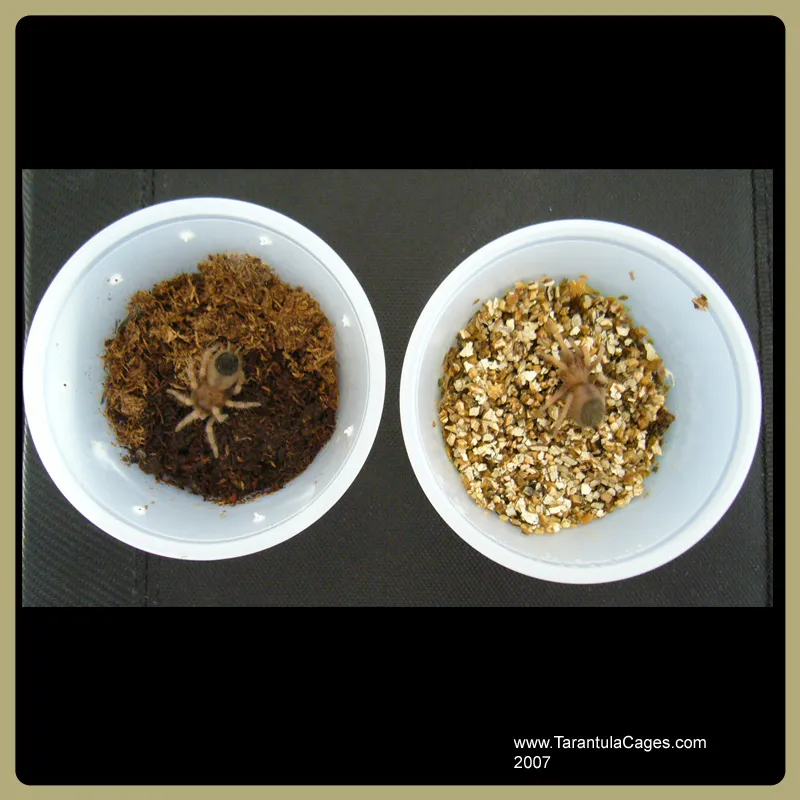
- Choose a Terrarium: Select an appropriately sized and ventilated terrarium based on your tarantula species. 2. Add Substrate: Place a layer of substrate appropriate for the species and ensure it is deep enough. 3. Install a Water Dish: Place a shallow water dish filled with clean, fresh water. 4. Provide a Hide: Add a hide or shelter for security. 5. Position Heat Source: Place a heat mat or ceramic heat emitter to maintain the correct temperature. 6. Monitor Temperature and Humidity: Use a thermometer and hygrometer. 7. Allow Stabilization: Allow the enclosure to stabilize for a day or two before introducing the tarantula. Following these simple steps, you’ll have a ready habitat.
Placement and Safety
The placement of your tarantula’s enclosure is essential for both the tarantula’s well-being and your convenience. Choose a location away from direct sunlight, drafts, and excessive noise. Avoid placing the enclosure near windows or doors, which can cause temperature fluctuations. Ensure that the enclosure is out of reach of children and other pets to prevent accidental harm to the tarantula. Place the enclosure on a stable surface, and secure the lid properly to prevent escapes. Always wash your hands thoroughly before and after handling the enclosure or any items inside it. By following these safety guidelines, you can create a secure and comfortable environment for your tarantula and enjoy a safe and rewarding keeping experience. (Image: tarantula terrarium placement)
Ongoing Maintenance and Care
Consistent maintenance is vital for the long-term health and happiness of your tarantula. Regular cleaning is essential; spot-clean the enclosure as needed, removing any uneaten food or waste. Replace the water in the water dish frequently, and monitor the humidity and temperature levels, adjusting as necessary to maintain optimal conditions. Observe your tarantula’s behavior, looking for signs of illness or stress. Handle the tarantula only when necessary, and always do so with caution. Keep a record of your tarantula’s feeding schedule, molting cycles, and any health issues. By adhering to a consistent maintenance routine, you’ll ensure that your tarantula’s environment remains clean, healthy, and conducive to its well-being, and you’ll be better prepared to identify any problems that may arise. Consistent maintenance is key.
Cleaning and Monitoring
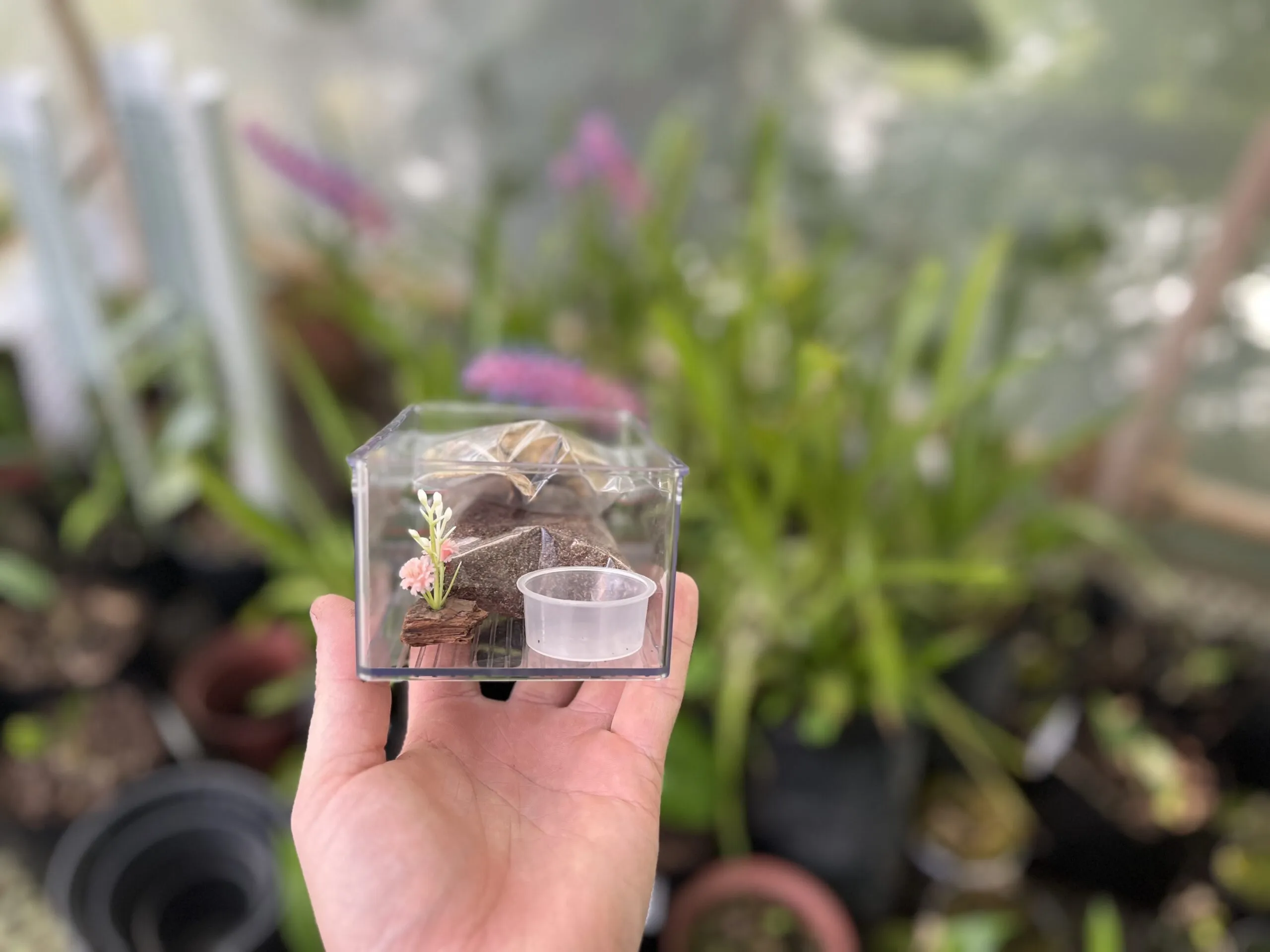
Regular cleaning and consistent monitoring are essential aspects of tarantula care. Spot-clean the enclosure regularly, removing any uneaten food, shed exoskeletons, and waste. The frequency of cleaning depends on the species and the setup, but typically, spot cleaning should be done weekly. Monitor the substrate for cleanliness, and replace it periodically, usually every few months, to prevent the build-up of waste and to maintain a healthy environment. Use a mild, pet-safe disinfectant to clean the enclosure if needed. Monitor the water dish, ensuring it is always filled with clean water, and clean it frequently to prevent algae growth. Regularly check the temperature and humidity levels, making adjustments as necessary. Monitoring will help you.
Common Challenges and Solutions
Keeping tarantulas can come with certain challenges, but knowledge and preparation can help you overcome them. Mold growth can occur if humidity levels are too high or the substrate is not properly maintained; increase ventilation and reduce humidity. Overfeeding can lead to health issues; adjust the feeding frequency. Difficulty molting can be a sign of inadequate humidity or stress; ensure proper humidity and a stress-free environment. Parasites can occasionally be a problem; quarantine any new tarantulas, and monitor for signs of infestation. If you encounter any problems, consult with an experienced keeper or a veterinarian specializing in exotic animals. Proactive preparation and vigilance are critical to address any issues, and to maintain your tarantula’s health and well-being. (Image: tarantula cleaning)
Shedding and Molting
Shedding, or molting, is a natural process where tarantulas shed their exoskeletons to grow. During molting, tarantulas become vulnerable, so it’s crucial to provide a safe and stress-free environment. Before molting, the tarantula may become lethargic, stop eating, and spend more time hiding. The molting process can take several hours or even days, depending on the tarantula’s size. Do not disturb the tarantula during molting, and do not try to assist it. After molting, the tarantula will have a soft exoskeleton for a few days, during which time it’s important to avoid handling it. It’s also advisable to resume feeding only after its fangs have hardened. Understanding the molting process and providing the right conditions is important for tarantula health. (Image: tarantula molting)
